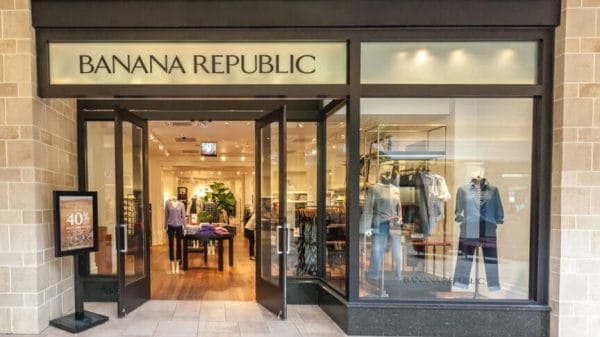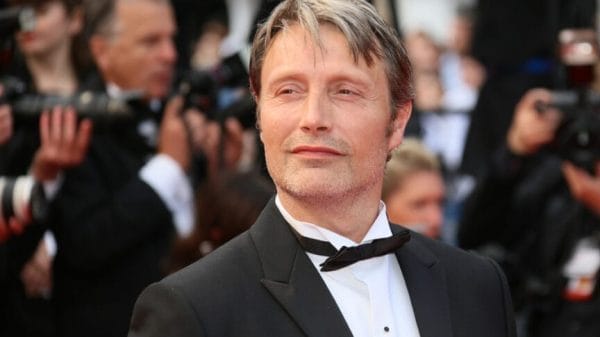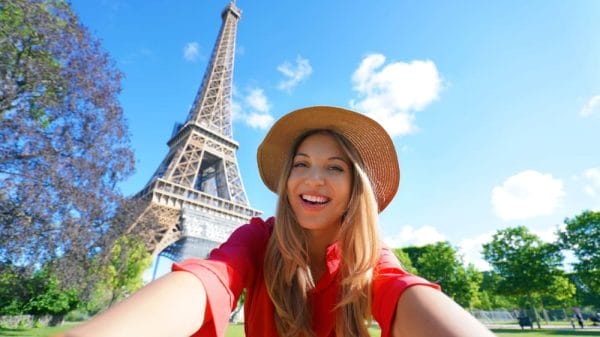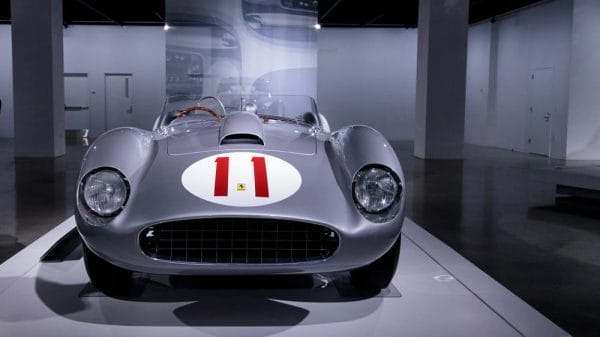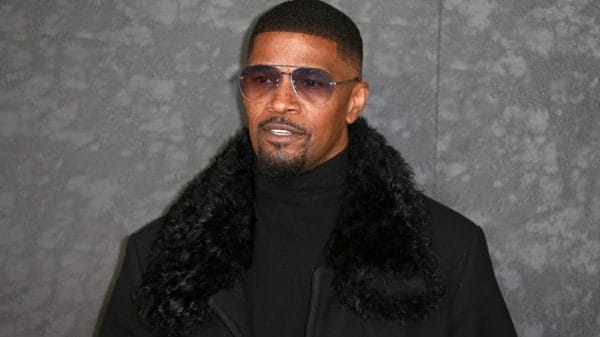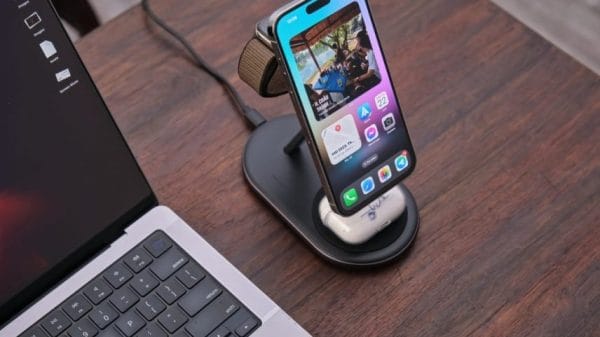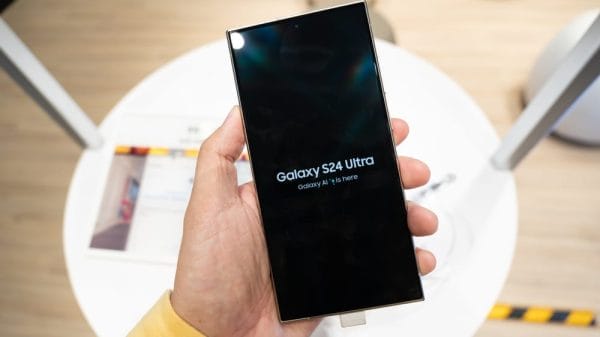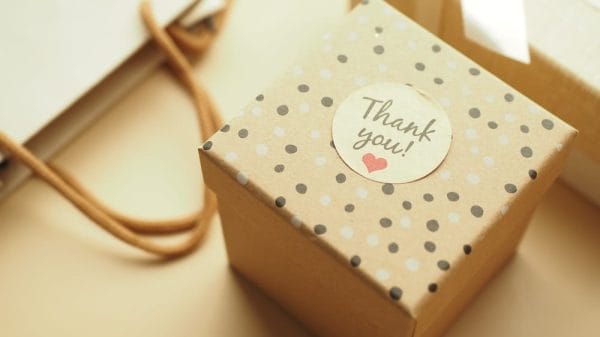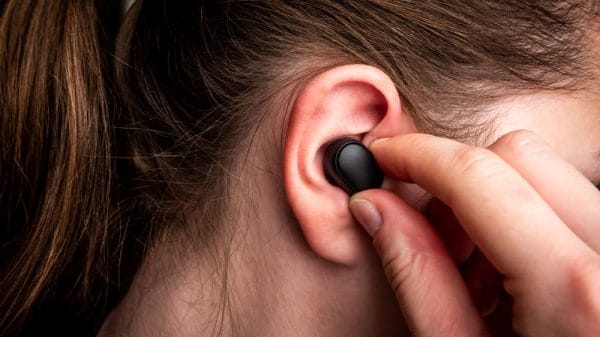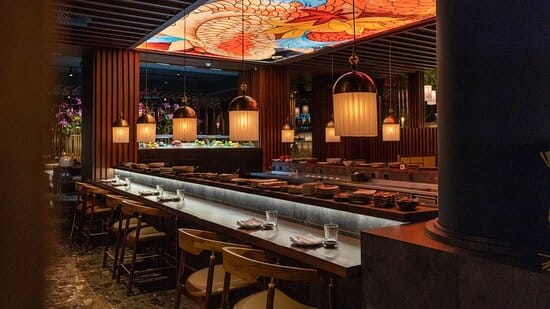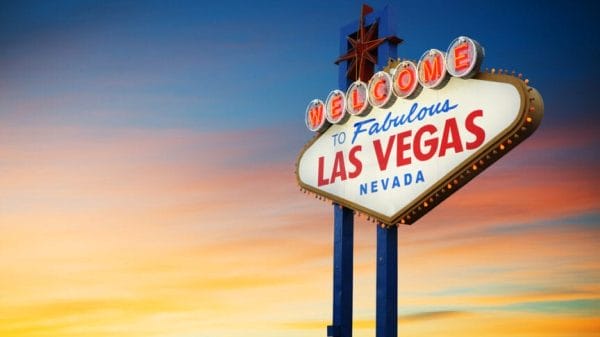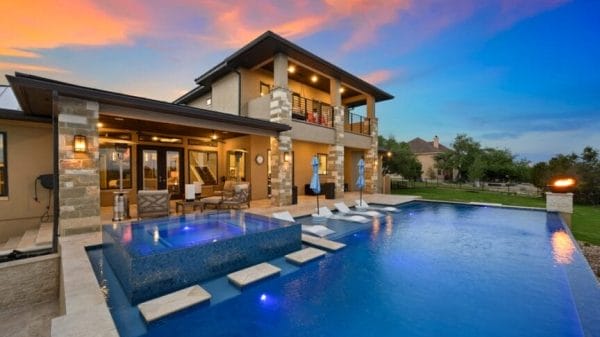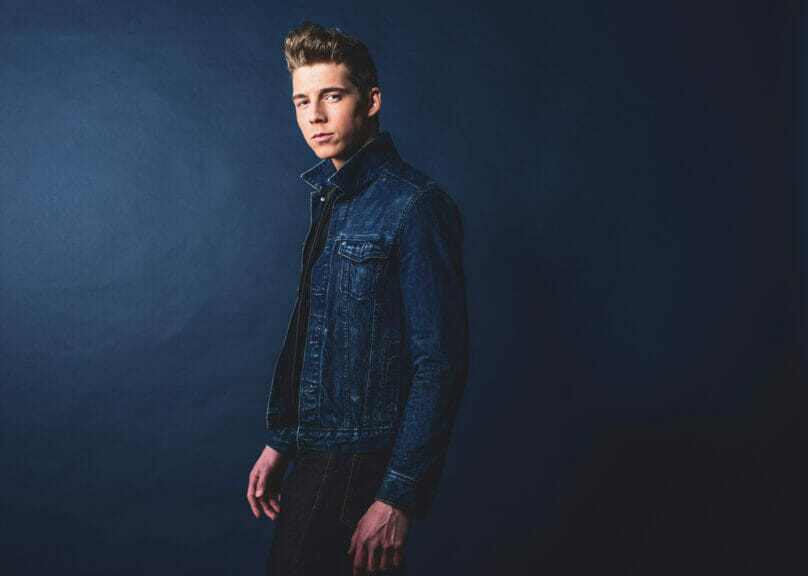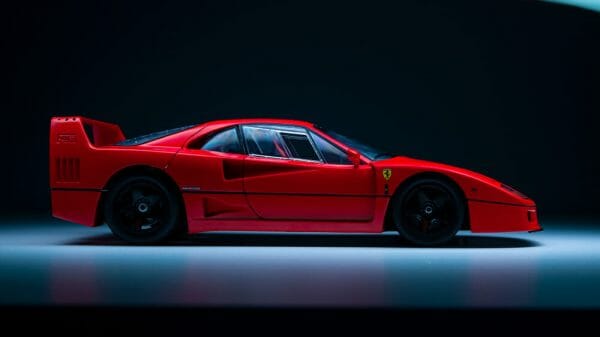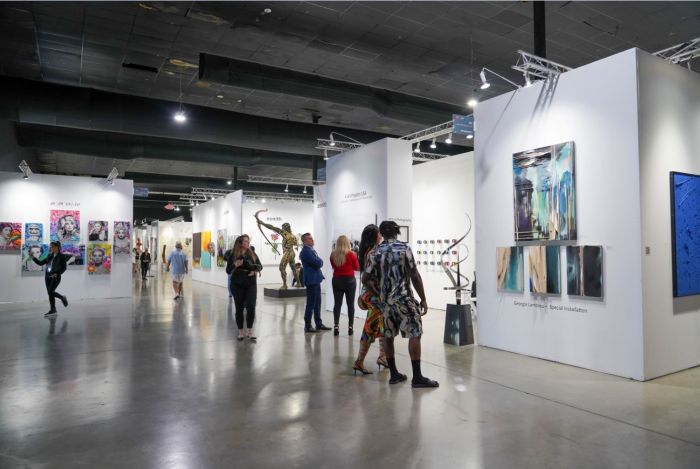The 1950s marked a significant period in men’s fashion, showcasing a diverse array of styles, designs, and cultural influences. It amalgamated various elements—from the conservatism of post-war fashion to the rebellious attitude of rock ‘n roll, and from the sophistication of silver screen stars to the daring charisma of music icons.
This era gave rise to iconic fashion statements, ignited revolutions in style, and established trends that continue to influence modern aesthetics. It goes beyond being a mere historical artifact, serving as a compelling demonstration of fashion’s lasting ability to encapsulate the zeitgeist, challenge societal standards, and mold our sense of self.
As we explore the vibrant and multifaceted realm of fifties men’s fashion, let’s keep in mind that this is not just a nostalgic journey—it’s a venture into the core of a transformative phase in style and culture.
Whether you’re a fashion enthusiast, a history buff, or simply intrigued by past trends, get ready for an insightful examination of an era that still echoes in men’s fashion archives.
Fifties Fashion for Men: A Style Revolution
The aftermath of World War II prompted a shift in men’s wardrobe as the demand for more functional and laid-back attire emerged. This led to the introduction of sports coats, casual shirts, and the iconic leather jacket paired with a crisp white tee—a look that gained popularity through movies of the period.
The advent of rock n’ roll music further propelled the embrace of rebellious fashion, with slicked-back hair, denim jeans, and leather jackets symbolizing youthful defiance. Concurrently, the Beat Generation, spearheaded by figures like Jack Kerouac, embraced a distinct aesthetic characterized by a blend of intellect and bohemianism, often opting for turtlenecks, berets, and tailored suits.
These subversive sartorial choices defied conventional norms and injected diversity into the fashion landscape.
The Impact of Media & Cinema
The influence of media, particularly cinema, on cultural conventions and trends has always been potent, but its effect on men’s fashion in the 1950s was uniquely pronounced. During this era, the silver screen served as a potent gateway to glamour, style, and sophistication, showcasing trendy fashions that swiftly permeated mainstream sartorial choices.
Noteworthy figures such as Cary Grant, Gregory Peck, and Rock Hudson, among others, emerged as prominent style icons of the period, sparking a wave of fashionable trends in the clothing industry as they sported elegant suits, tuxedos, and distinctive casual ensembles in their influential roles.
The attire donned by these luminaries was not merely clothing but played a pivotal role in character development and narrative, fortifying their allure and impact on popular culture.
These influential actors, with their on-screen charisma and compelling performances, garnered a wide audience, profoundly influencing the societal perception of men’s fashion. As the film industry flourished, the accessibility and prevalence of movies significantly contributed to the widespread adoption of these fashion trends.
Society revered these men as epitomes of refinement, masculinity, and triumph, with many aspiring to emulate their styles in their personal lives. The clothing of these celebrities wasn’t just a mode of self-expression; it resonated with the cultural shift towards a more individualistic and expressive society.
This era epitomizes the interconnectedness of fashion and media, showcasing how cinematic portrayal can instigate cultural metamorphosis, particularly in style and fashion.
Trending Styles & Ensembles
The 1950s witnessed a plethora of styles and outfits that left an indelible mark on men’s fashion. The era transitioned from double-breasted jackets to single-breasted and suit coats, reflecting a sleeker and contemporary aesthetic.
Three-piece and business suits remained indispensable for formal gatherings, while casual wear gained popularity with the rise of polo shirts and button-up shirts.
Color played a pivotal role in defining fifties fashion. Dark blue and deep brown were favored hues for suits, exuding sophistication and refinement. Conversely, vibrant colors attracted younger individuals seeking to make a daring statement.
Pants also underwent a transformation during this period. Straight jeans became a staple for young men, while gray trousers and khaki pants were preferred for more formal events. Accessories like bow ties, fedoras, penny loafers, and pocket squares injected a touch of individuality and elegance to outfits.
Common Textiles & Fabrics
Throughout the 1950s, various textiles and fabrics held sway in men’s fashion. Wool stood out as a cornerstone, predominantly used in tailoring suits due to its robustness, warmth, and luxurious texture. Cotton, a versatile and comfortable fabric, served as the go-to choice for casual shirts, underscoring its adaptability and functionality.
On the other hand, denim surged in popularity as the preferred fabric for jeans and casual clothing. Denim not only boasted resilience and durability but also embodied the rugged, pragmatic essence synonymous with the American laborer.
Production & Supply Enhancements
The 1950s witnessed significant advancements in production and distribution methods. The era notably marked the ascendancy of ready-to-wear apparel, a transition that made fashionable garments readily accessible and affordable for the average man.
This democratization of fashion played a pivotal role in shaping the decade’s fashion trends, enabling more men to actively engage with and adopt the latest styles.
Style Icons & Their Influence
When discussing fifties men’s fashion, one cannot disregard the impact that certain iconic performers had in popularizing specific styles through the legendary characters they brought to life in cinema and music.
James Dean, immortalizing the rebellious youth in Rebel Without a Cause, set the trend with his laid-back attire featuring a simple white tee and iconic red windbreaker jacket. This ensemble epitomized a cool, nonchalant style that still resonates today.
Marlon Brando, another cultural emblem of the era, embraced casual wear. His portrayal of the rough-and-tumble Johnny Strabler in The Wild One solidified the image of the black biker jacket in the cultural psyche, making it a symbol of audacious, rebellious spirit.
Music icon Elvis Presley also left a significant imprint on men’s fashion during this era. Renowned for his flamboyant stage outfits, including high collars, embellished jumpsuits, and slick pompadour hairstyle, Presley infused a daring flair into men’s attire, showcasing that men’s fashion could be bold and expressive.
Frank Sinatra embodied timeless sophistication with his impeccably tailored business suits and meticulous attention to detail. His influence on dress codes and formal wear remains potent to this day. Dean Martin’s classic suit-and-tie ensemble epitomized the refined gentleman, while Steve McQueen popularized casualewearand sportswear with his self-assured and natural style.
Besides these figures, the ‘Teddy Boys’ surfaced as a subculture in the tardy 1950s, leaving a lasting impression on the younger male fashion. Defying conventional fashion norms, they adopted a more extravagant aesthetic with their draped jackets, snug trousers, and flamboyant accessories.
Exploring the Age & Body Types Angle
Taste in fashion varied across age groups and body shapes during the 1950s. Elderly gentlemen tended to gravitate towards formal attire, showing a preference for well-fitted suits and traditional styles. Suits were the default choice for formal occasions, radiating a sense of assurance and professionalism.
In contrast, younger gents embraced the laid-back and rebellious fashion trends that were in vogue. They were drawn to denim, biker jackets, and more casual ensembles. Body shape also played a crucial role in deciding the perfect fit and silhouette.
Slimmer individuals found success in slim-fit jeans and tailored garments, accentuating their slender physiques. On the other hand, bigger-built individuals sought comfort in loose-fitting apparel and relaxed cuts.
During special occasions, the 1950s provided a plethora of style choices. Formal events demanded tuxedos and bow ties, enabling men to exhibit their refined taste and sophistication.
Informal gatherings created an avenue to play around with vibrant casual shirts, polos, and accessories like fedoras and pocket squares. A well-fitted suit paired with a pristine white dress shirt epitomized style excellence in professional setups.
Fashion & Social Transformation
Fashion is intricately connected to the socio-cultural ambiance of a period, and the 1950s was no different. Initially, a sense of tradition and conservatism dominated post-war era styles. This was mostly due to the emphasis on family values and conformity as people aimed to establish a sense of normalcy and stability post World War II.
The preferred style for men was formal and sophisticated, embodying the societal expectation of the man as the family head and provider. Suits, ties, and hats were standard attire, reflecting a strict sense of professionalism and refined dress code.
As the decade progressed, there was a growing sense of defiance and dissent among the youth. The rise of rock ‘n roll, the surge in cinema popularity, and the emergence of cultural icons such as Marlon Brando led to a shift in fashion trends. The polished, conformist style began yielding ground to more relaxed, individualistic apparel.
Denim jeans, biker jackets, and T-shirts became symbols of resistance and nonconformity, mirroring a youth culture gradually disenchanted with the societal norms and values of the older generation. These styles weren’t just a fashion statement but a representation of an evolving counterculture that aimed to challenge and reshape societal expectations and norms.
Thus, the evolution of 1950s fashion acts as a reflection of the social transformations transpiring during that period. Viewing fashion within the wider cultural context allows us to perceive it as more than just an aesthetic choice but a potent means of expression and identity. Through their attire, people could communicate their hopes, concerns, and aspirations, offering a unique glimpse into the zeitgeist of that era.
Retro Attire in Today’s Fashion
Retrospective clothing from the 1950s has witnessed a resurgence in popularity, providing a link to the past while remaining en vogue. Cardigan sweaters, denim jackets, knee-high socks, and short coats are a few examples of timeless pieces that have made a comeback. The allure of vintage lies in its ability to inject a dose of nostalgia into contemporary wardrobes.
White shirts, formal shirts, and plaid tops from the ’50s have also reappeared in current fashion trends. Their versatility offers numerous styling options, whether paired with suits, denim, or sneakers. Accessories like detachable collars, white socks, and straw hats bring a touch of vintage charm to any ensemble.
Once considered daring, the white ensemble has bravely reemerged in the fashion arena. The white outfit exudes confidence and flair when paired with vivid accessories and modern touches. Likewise, navy blue ensembles have become a staple in men’s fashion, providing a chic alternative to the conventional black attire.
Parting Thoughts
Reflecting on the impactful influence of the 1950s era on men’s fashion, we witness a vibrant tapestry woven with defiance, sophistication, and evolving societal norms. The intricacies of this transformative epoch—from the rise of casual wear to the increasing influence of cinema and rock n’ roll—are reverberated in current trends.
We witness the resurgence of vintage attire not just as a nostalgic indulgence but as an appreciation for the diversity and expressive power of clothing. The fashion landscape of the 1950s, while marked by its era-specific characteristics, continues to shape modern style, underscoring its enduring charm.
This underscores fashion’s role as a narrative in flux, which, deeply rooted in historical contexts, continually reinvents itself to mirror the ethos and essence of its time. The style book isn’t being closed as we wrap up the fabulous fifties. The pages are simply turning.
The onset of the 1960s ushered in a new era of fashion-conscious men, engendering a fresh wave of transformation. We invite you to delve into this progression as we embark on the radical, revolutionary epoch of 1960s men’s fashion, where style norms were being reshaped, and a captivating shift towards more flamboyant, eclectic aesthetics began germinating.



